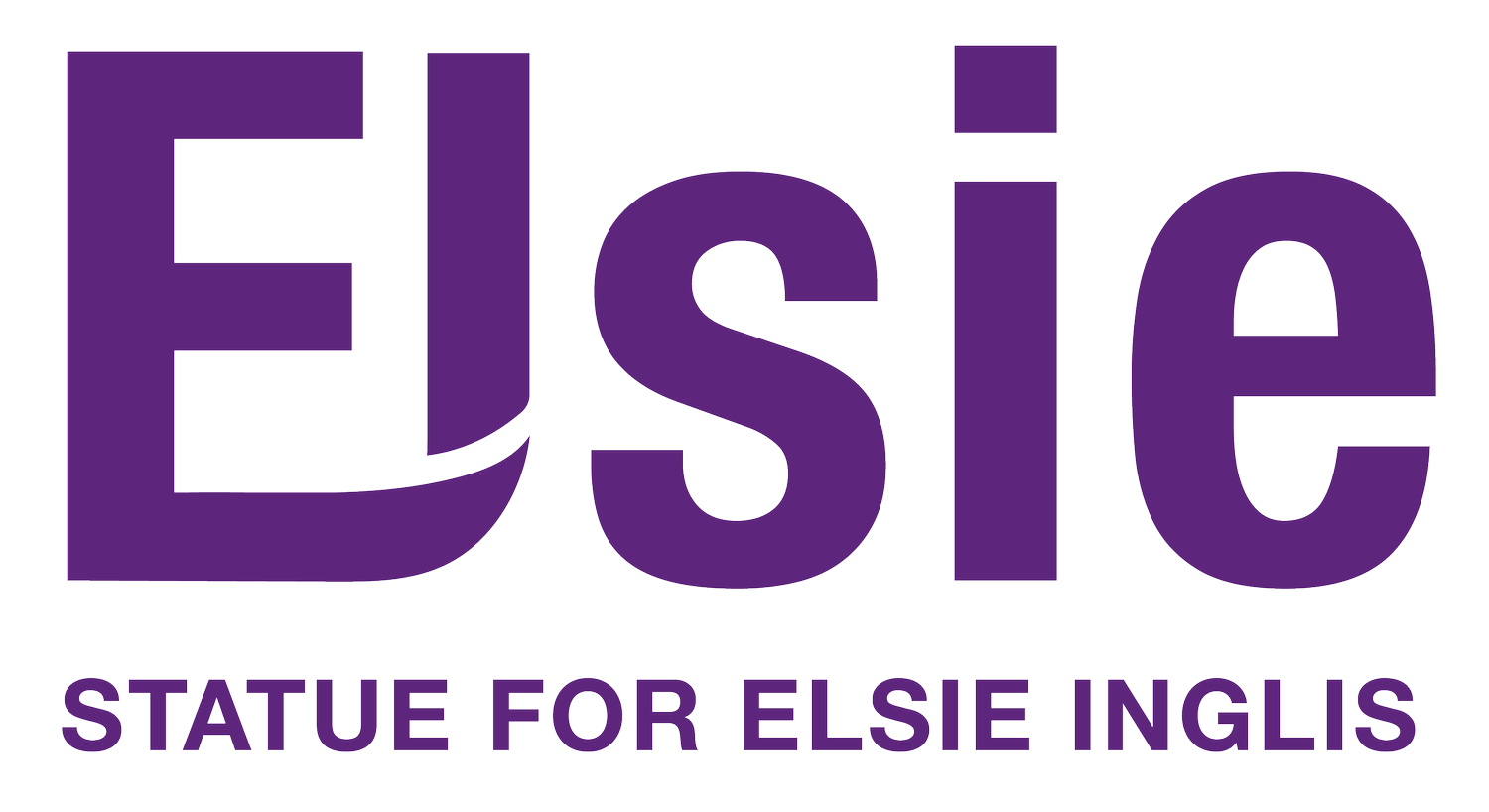
Biography
Dr Elsie Maud Inglis
1864 – 1917
Hear about Elsie from the National Gallery
Elsie Inglis (1864 – 1917) was a physician, surgeon, humanitarian, feminist, and pioneer of medical education for women. Born in India, she came to Scotland when she was about fourteen and studied medicine in Edinburgh and Glasgow.
In 1892 she qualified as a doctor and in 1894 opened a general practice in Edinburgh as well as a hospital for women and children. Inglis was actively involved in the campaign for women's votes. But she didn't stop there.
During the First World War, Inglis organised hospital units staffed by women for overseas service – the Scottish Women’s Hospitals for Foreign Service. She led one of these hospitals in Serbia, where she was the first woman to receive the Order of the White Eagle, the highest Serbian honour for heroism. Watch to find out more about this inspirational and pioneering doctor.’
1864
Elsie was born in the Himalayas of India. Her family were descendants of the Inglis of Inverness. Her father John Inglis went out to India to work for the East India Company and later served as a magistrate.
1878
Elsie's family have now moved into their new home at 70 Bruntsfield Place, Edinburgh. Elsie with sister Eva is attending school at Edinburgh's Institution for Educating Young Ladies at 23 Charlotte Square.
1890
Elsie's radical plans for an alternative women's medical school succeeds and a new school is housed at 30 Chambers St, Edinburgh. Elsie also moves into politics and becomes honorary secretary of Edinburgh's National Society for Women's Suffrage. In 1892 she qualifies as a licentiate of both the Royal College of Physicians and Surgeons, Edinburgh, and the Faculty of Physicians and Surgeons of Glasgow.
1894
Elsie has returned to Edinburgh and begins with Dr Jessie MacGregor a practice at Walker St in the city. This was the year that would completely devastate Elsie. In March 1894 her father died, a huge blow to Elsie and she wrote "I simply cannot imagine life without him
1895-1912
Elsie builds up her reputation as Edinburgh's foremost female Doctor. Hospitals and Maternity facilities were developed for the city's poor. In 1906 Elsie plays a notable role in the establishment of the Scottish Women's Suffrage Federation. Elsie also works tirelessly campaigning for the vote for women. She delivered talks all over the UK, from the Shetlands to Cornwall.
1914
WW1 breaks out. Elsie inquires at the war office if women doctors and surgeons are permitted to serve in front line hospitals. Elsie is told to "go home and sit still". Undeterred, Elsie campaigns and raises the equivalent of over £50 million pounds within months of the start of World War 1 and forms the Scottish Women's Hospitals (SWH). These are all female hospital units which supported France, Serbia, Corsica, Salonika, Romania, Russia and Malta. The first SWH was in France at Royaumont near Paris in 1914.
1915
Elsie again travels to Royaumont for an inspection. In May she has arrived in Serbia. She is Chief Medical officer of a unit supporting Serbia through the typhus epidemic. Stationed at Kragujevac, Elsie and her unit performed near miracles during what was a difficult period. Elsie also started three other hospitals in Serbia at this time. During those awful days she was known as the Mother of the Nation. A monument is built at Mladenovac in her honour. In late 1915 Serbia is invaded again but this time a huge fresh fighting army has returned. Serbia is alone and when Belgrade is raised to the ground in October the great Serbia retreat begins. Elsie chooses to stay in Serbia and face the enemy. The unit is now pushed down to Krusevac. Elsie and her unit are now taking POW. Elsie, over the next three months fights for every point and detail as she makes a fight of being a captive.
1916
Along with others, Elsie Inglis was taken prisoner of war and eventually repatriated in February 1916.
Once home, she returned to fundraising and gave speeches to spread awareness of the SWH. Autumn 1916, Elsie and SWH unit joined a Serbian army division in Russia.
1917
By November 1917, Russia was in the midst of its own revolution. Elsie Inglis and her unit refused to leave Russia, unless the British Government guaranteed safe passage for the remaining Serbian soldiers. Early November the British navy evacuated them all from Archangel. Elsie Inglis was seriously ill by this time. On 25 November the war ship docked in Newcastle. Elsie dressed in her full uniform to salute the troops and her unit as they disembarked. She went to a nearby hotel, telegraphed her final report to the SWH HQ in London and a message to her family in Edinburgh.
Her family travelled immediately to be with her, she died the next day. Thousands lined the Edinburgh streets for her funeral in St Giles Cathedral. Serbian representatives lowered her body onto her resting place in the Dean Cemetery.























